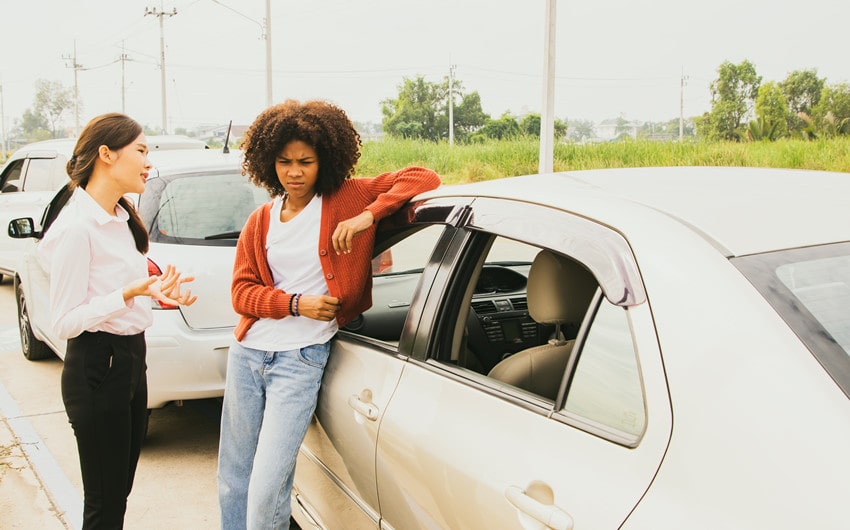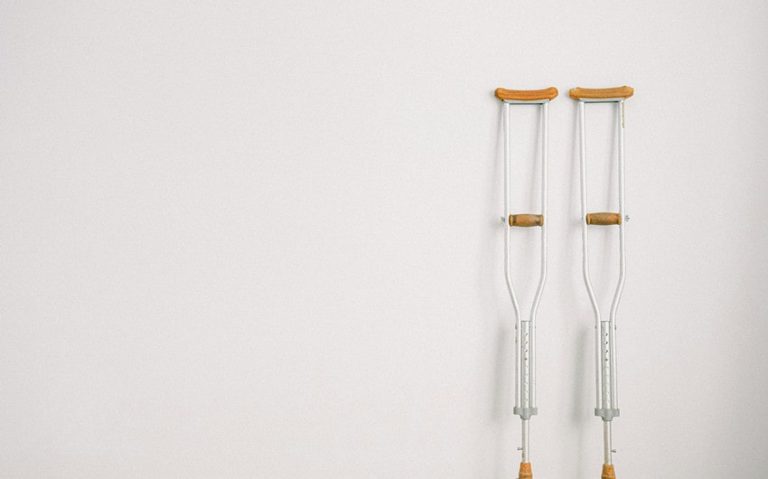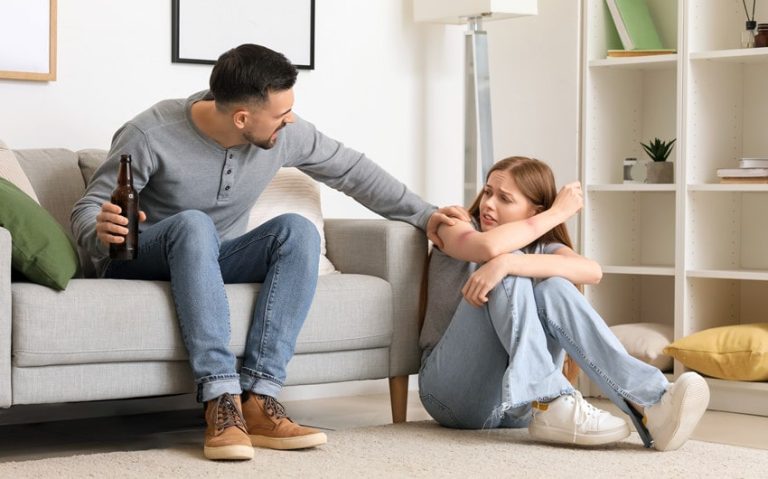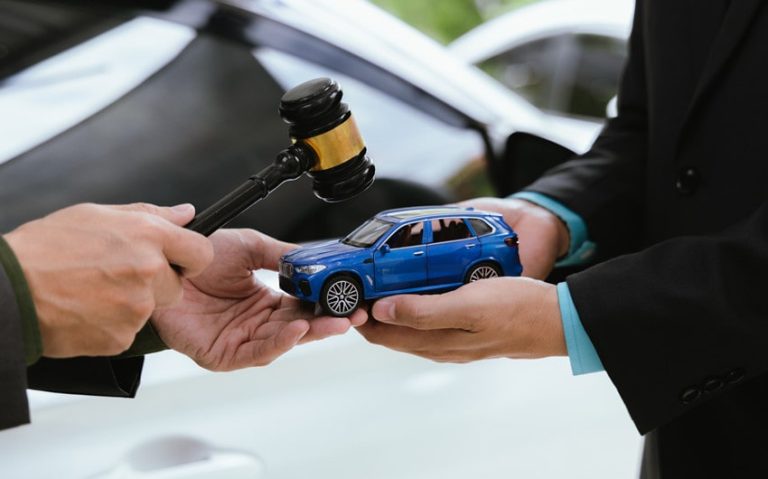Who Pays When the At-Fault Driver Has No Insurance?
Being involved in a car accident is stressful enough, but discovering that the at-fault driver has no insurance can make the situation even more complicated. Unfortunately, despite laws requiring drivers to carry auto insurance, many still operate vehicles without it.
If you’re hit by an uninsured driver, you may be left wondering who pays for the damages. Here’s what you need to know.
Your Insurance Coverage May Help
In many cases, your own auto insurance policy can provide a safety net. Here are a few types of coverage that may protect you:
Uninsured Motorist Coverage (UM/UIM):
This is the most direct form of protection. If you carry uninsured motorist coverage, your insurance company will step in to cover medical bills, lost wages, and sometimes even property damage. In many states, this coverage is optional, but it’s highly recommended for exactly this type of situation.
Collision Coverage:
Regardless of who was at fault, your insurer may cover the cost of replacing or repairing your car if you have collision coverage. Your insurer may use a procedure known as subrogation to try to collect expenses from the at-fault driver, but you will still be responsible for paying your deductible.
Personal Injury Protection (PIP) or Medical Payments Coverage:
Depending on your state and policy, PIP or MedPay can help cover medical expenses for you and your passengers. PIP is common in no-fault states and can include other benefits like lost income and funeral expenses.
Suing the Uninsured Driver
If you don’t have adequate insurance coverage, you might consider suing the at-fault driver. However, this option often has limitations. Many uninsured drivers don’t have sufficient personal assets to pay a judgment, even if you win the lawsuit.
Collecting damages can be difficult and drawn-out, with no guarantee of success. Make sure to get the best legal help when dealing with an accident with an uninsured driver.
State-Specific Assistance Programs
Some states offer accident compensation funds for victims of uninsured or hit-and-run drivers. These programs vary by location and may have strict eligibility requirements, such as a police report or proof of financial hardship.
Preventative Measures
The best protection against uninsured drivers is being proactive with your own insurance. Review your policy and consider adding or increasing uninsured/underinsured motorist coverage. It’s usually affordable and can save you thousands in the long run.
You can also look into umbrella policies if you want an extra layer of liability and uninsured motorist protection, especially if you drive frequently or live in an area with a high rate of uninsured drivers.
Know Your Rights Today
Getting into an accident with an at-fault driver with no insurance can feel unfair, especially when you’re not at fault. While legal and insurance options exist to help you recover damages, the process can be frustrating. Ensuring you have the right insurance coverage before an accident happens is the best way to protect yourself.
Talk to your insurance provider to understand your current coverage and make any necessary adjustments. In the end, a little foresight can prevent a financial headache if you’re ever hit by someone without insurance.
If you want to read more articles, visit our blog.







